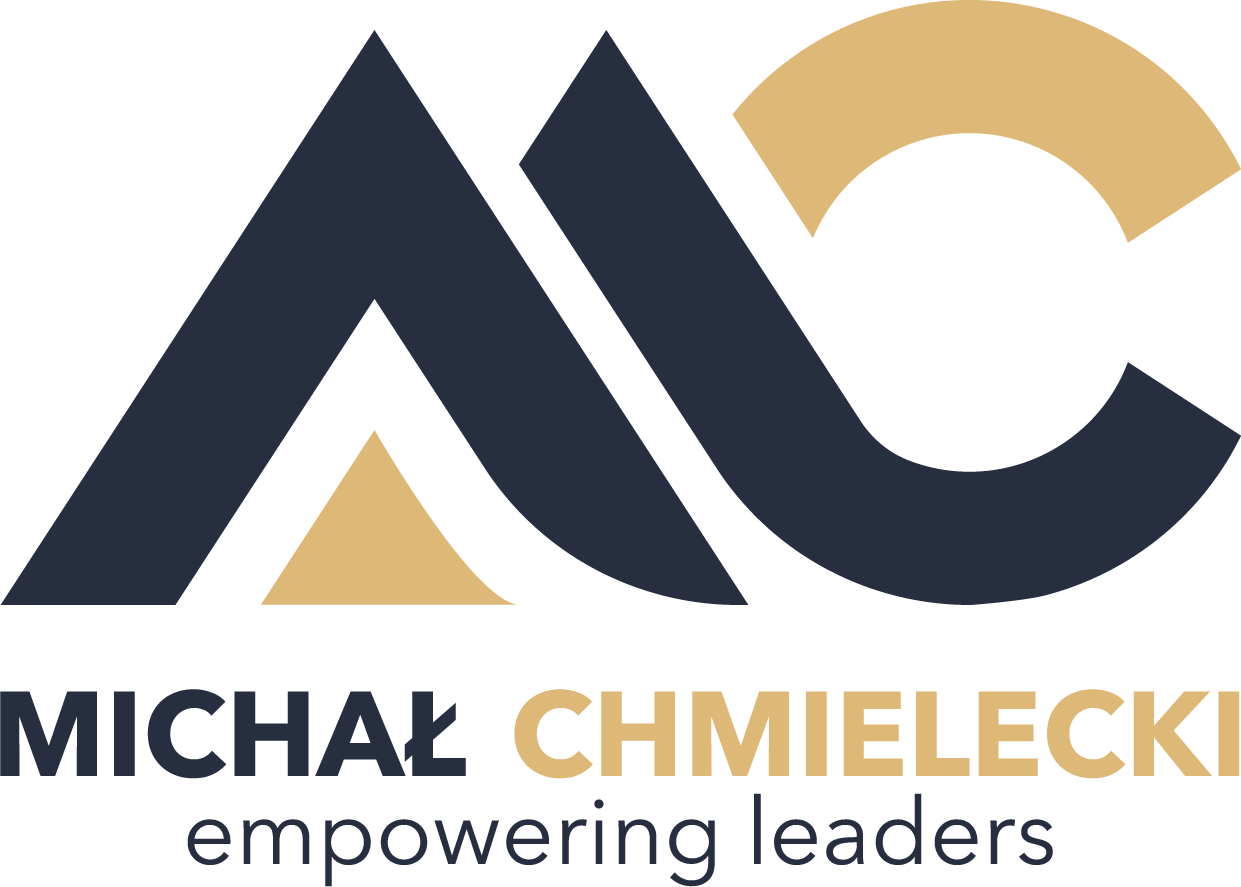Organizations That Can Reinvent Themselves Endlessly – The True Advantage in the Age of Change
In a world defined by constant disruption, adaptability has become the ultimate competitive advantage.
Technologies evolve overnight, industries transform, and business models that once seemed stable can vanish within years.
The organizations that thrive are not the largest or the wealthiest — they are the ones that can reinvent themselves endlessly.
Their power lies in learning, curiosity, and a culture that treats change not as a threat but as a permanent condition.
Why Reinvention Is No Longer Optional
The idea of “business as usual” has expired.
Every company today operates in what experts call a permanent beta state — always evolving, never complete.
Organizations that resist change risk stagnation; those that embrace it create momentum.
Reinvention is not just about survival — it’s about building a future that continuously renews itself.
The DNA of Organizations That Reinvent Themselves
1. They Learn Faster Than the Market Changes
At the heart of reinvention is learning.
Organizations that prioritize continuous learning and knowledge sharing evolve organically, responding to shifts in customer needs, technology, and strategy.
They invest in developing people who are curious, creative, and willing to experiment.
Programs that integrate practice and reflection — such as leadership and negotiation workshops — equip employees and managers to adapt skillfully in real-world scenarios.
2. They Encourage Curiosity Over Compliance
Rigid organizations focus on control; reinventive organizations focus on curiosity.
They empower employees to question assumptions, explore alternatives, and innovate without fear of failure.
Curiosity drives creativity — and creativity drives evolution.
3. They Build a Culture of Psychological Safety
People can’t innovate if they’re afraid to make mistakes.
Organizations that reinvent themselves create environments where experimentation is encouraged and failure is treated as feedback.
This mindset transforms setbacks into learning opportunities and fuels continuous improvement.
4. They Empower Leaders to Be Learners
In reinventive organizations, leadership is not about knowing everything — it’s about creating the conditions for learning to happen everywhere.
Leaders act as coaches, mentors, and enablers, guiding their teams through uncertainty and helping them build resilience.
They understand that reinvention starts not with strategy documents, but with conversations, questions, and reflection.
5. They Integrate Learning Into the Flow of Work
Reinvention doesn’t happen in classrooms; it happens in action.
Forward-thinking organizations embed learning into daily operations through microlearning, peer collaboration, and on-the-job coaching.
This ensures that learning is constant — not a reaction to crisis, but a rhythm that keeps the company alive and adaptive.
The Strategic Payoff of Continuous Reinvention
Organizations that can reinvent themselves endlessly enjoy clear advantages:
Agility – They respond faster to change.
Innovation – They turn ideas into products and processes more effectively.
Engagement – Their employees feel valued and motivated through growth opportunities.
Resilience – They adapt and recover quickly from disruption.
Reinvention is not chaos — it’s structured adaptability, powered by learning and leadership.
How to Build a Reinventive Organization
1. Establish a Clear Learning Strategy
Align learning initiatives with business goals.
Ensure that every development effort — from onboarding to executive training — contributes to the organization’s strategic direction.
2. Invest in Leadership Development
Equip leaders to model curiosity, humility, and openness.
Workshops, coaching, and mentoring should focus not just on skills, but on mindset transformation.
3. Create Systems That Support Knowledge Flow
Break silos and build communities of practice where employees share insights and solutions across functions.
4. Celebrate Adaptability
Recognize and reward people who take initiative, experiment, and embrace change.
This reinforces agility as part of the organization’s identity.
Reinvention as a Way of Life
Organizations that can reinvent themselves endlessly don’t wait for change — they create it.
They see transformation not as a project but as a continuous process of learning, unlearning, and reimagining.
Their success is not measured by how efficiently they repeat the past, but by how boldly they shape the future.
Conclusion
The future belongs to organizations that can learn, adapt, and reinvent without limits.
They turn disruption into opportunity, complexity into clarity, and challenges into catalysts for growth.
By nurturing leadership, learning culture, and psychological safety, companies can evolve endlessly — not because they must, but because they choose to.
